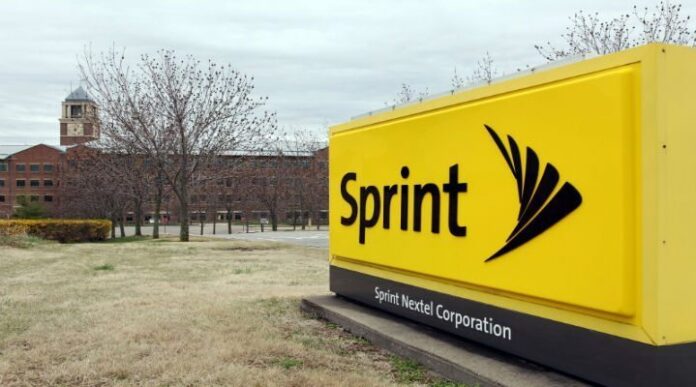If the past couple of weeks have shown us anything, it’s that recently installed Sprint CEO Marcello Claure is not afraid of change. And, considering a speech he gave at an investor conference this week, it seems that we should continue to expect such change during Claure’s tenure.
Since being named to replace long-time Sprint CEO Dan Hesse, Claure has altered the wireless carrier’s rate plans; put aside talk – for now – of consolidation and hammered home a new economic reality for the carrier.
On the network side, Claure admitted that Sprint was still coming out of a very painful upgrade program that is starting to show returns in larger markets. However, a lot of Sprint’s future seems dependent on its use of the 2.5 GHz spectrum band to bolster its LTE network performance and capacity, a spectrum band that Claure stated this week at a Goldman Sachs investor conference will not likely be used across as much of its network as previously thought.
Sprint had initially talked about deploying the 2.5 GHz band across all of its planned LTE sites, even in rural areas where the propagation characteristics of that spectrum would not allow for broad coverage. Claure said this week that the carrier will likely not follow such a rollout strategy, and instead would focus its 2.5 GHz efforts in denser, urban areas where the carrier is likely to see capacity constraints.
Sprint’s current LTE deployment is based on 10 megahertz of spectrum in the 1.9 GHz band, with Sprint recently claiming to have surpassed 250 million potential customers covered with its LTE service. Independent speed tests have shown that Sprint’s LTE network is not nearly as extensive as those of its rivals, and where customers do have access to the LTE network, throughput speeds also fall short of those posted by competing LTE networks.
Sprint is in the process of bolstering its LTE network with 800 MHz spectrum freed up from the decommissioning of its iDEN network, however some of that spectrum is also being used to support CDMA voice services, leaving only a few megahertz for LTE.
That’s where the 2.5 GHz spectrum comes in. Sprint is sitting on an average of more than 150 megahertz of spectrum in that band across the country, with plans to tap those assets to fulfill the promise of its Spark network initiative. That program, which was announced last October, touted network speeds in excess of 50 megabits per second thanks to the boost being offered by throwing multiple and wide 2.5 GHz channels at customers. But, with the 2.5 GHz support now being seemingly trimmed to only larger markets, only some of Sprint’s customers will be able to reap the speed benefits.
Claure said at the investor conference that Sprint currently covers about 60 million potential customers with its 2.5 GHz-powered LTE service, but that it would be “very strategic” in terms of where it added that spectrum going forward. A company spokeswoman noted that Sprint is still on track to cover 100 million pops with LTE in the 2.5 GHz band by the end of the year, that the carrier would focus the next phase of deployment on “dense builds in key markets” and that the carrier still planned to deploy 2.5 GHz-based services nationwide.
Sprint’s 2.5 GHz-based LTE plans should receive a device boost as the recently announced Apple iPhone 6 and 6 Plus both have versions that will support the band and technology. Sprint has been offering devices that support its Spark network, but the addition of Apple’s iconic model should speed up adoption.
Sprint’s rivals are being more generous with their LTE network plans. Verizon Wireless has been adding 20 megahertz of spectrum in the 1.7/2.1 GHz spectrum bands across the country to bolster the initial 20 megahertz of spectrum in the 700 MHz band supporting its LTE network. T-Mobile US has also been vocal in expanding the reach of wider spectrum channels tapping into assets from its acquisition of MetroPCS as well as future plans tied to its recent acquisition of 700 MHz spectrum holdings.
Sprint’s network mandate also seems to tie into Claure’s statement that the carrier would be more judicious in how it spends money. Claure said the carrier would focus more on the “must have” investments and less on the “nice to have” investments. This mindset appears to have come down from Sprint Chairman Masayoshi Son, who spent more than $21 billion last year on acquiring a controlling stake in Sprint, and is looking for ways to turn around the carrier’s financial performance. Sprint did manage to post a slight profit during its most recent financial quarter.
Bored? Why not follow me on Twitter?

